Your One-Stop Shop for Everyday Essentials & Unique Finds
Mastering the Chill: Your Ultimate Guide on How to Dress for Winter
Winter weather can be a real challenge, right? One minute you're fine, the next you're shivering. But it doesn't have to be like that. Knowing how to dress for winter can make all the difference, turning those chilly days into cozy ones. This guide will help you figure out what to wear so you stay warm and comfortable, no matter how cold it gets outside.
Key Takeaways
- Layering clothes helps a lot to stay warm.
- Picking the right fabrics is important for warmth.
- Don't forget hats, gloves, and scarves.
- Good boots keep your feet dry and warm.
- Think about what you're doing when you get dressed.
Layer Up Like a Pro: The Foundation of Winter Warmth
Winter dressing? It's all about layers! Think of it as building a fortress against the cold. Get this right, and you're halfway to winning the winter style game. Seriously, mastering the art of layering is essential for staying warm and comfy without looking like the Michelin Man. Let's break down the key components:
The Magic of Base Layers
Base layers are your first line of defense. They sit right against your skin, wicking away moisture and keeping you dry. This is super important because moisture can make you feel colder. Think of them as your personal climate control system. Materials like merino wool or synthetic fabrics are great choices. Avoid cotton, as it tends to hold onto moisture and leave you feeling chilly. I usually go for long-sleeved tops and leggings as a base.
Mid-Layers: Your Cozy Companions
Mid-layers are all about insulation. They trap heat and keep you warm. Fleece, wool, or even a down vest can work wonders here. The goal is to add warmth without adding too much bulk. I love a good fleece jacket because it's lightweight and easy to move around in. You can even double up on mid-layers if it's really cold out. I have a few sweaters that I like to use as mid-layers, too.
Outerwear: Your Shield Against the Elements
Your outerwear is your final defense against wind, rain, and snow. A good winter coat should be waterproof or water-resistant, windproof, and insulated. Look for features like a hood, adjustable cuffs, and a high collar to keep the elements out. Down parkas are super warm, but synthetic options are great too, especially if you live in a wet climate. I have a few different winter coats depending on the weather.
Layering isn't just about throwing on a bunch of clothes. It's about choosing the right fabrics and garments to work together to keep you warm and comfortable. Think about the weather conditions and your activity level when deciding what to wear. And don't be afraid to experiment to find what works best for you!
Fabrics That Fight the Frost: Choosing Your Winter Allies
Okay, so you're ready to face winter head-on, but what exactly should your clothes be made of? It's not just about grabbing the thickest thing you can find. Different fabrics offer different kinds of warmth and protection, and knowing the difference can make or break your winter comfort.
Wool Wonders: Nature's Insulator
Wool is like the OG of winter fabrics. It's naturally warm, breathable, and even water-resistant. Plus, it keeps you warm even when it's wet, which is a huge win. Think about investing in some good quality wool socks or a sweater. You won't regret it. I've had a wool sweater for years, and it's still my go-to on chilly days. It's a bit of an investment, but it lasts forever if you take care of it. For example, Merino wool is a great choice for socks.
Fleece Fun: Lightweight Warmth
Fleece is your cozy, lightweight friend. It's soft, comfy, and dries super fast. It's not as warm as wool, but it's great for layering or for milder winter days. I love fleece jackets for running errands or just lounging around the house. They're also super affordable, which is always a plus. Plus, it comes in a million colors and styles, so you can find something that fits your vibe.
Down and Synthetics: The Powerhouses of Warmth
When you need serious warmth, down and synthetic insulation are where it's at. Down is super lightweight and traps a ton of heat, but it loses its warmth when it gets wet. Synthetics are more water-resistant and still provide good warmth, even when damp. So, if you're going to be in wet conditions, synthetics are the way to go. I have a down coat that I wear when it's REALLY cold, but I also have a synthetic jacket for when it's snowing or raining. It's all about choosing the right tool for the job.
Choosing the right fabrics is half the battle in staying warm this winter. Think about what you'll be doing and what kind of weather you'll be facing, and then choose your fabrics accordingly. Layering different fabrics can also help you regulate your temperature and stay comfortable all day long.
Accessorize for Awesome: Small Touches, Big Impact
Don't underestimate the power of accessories! They're like the secret sauce that can transform a simple outfit into something amazing. Plus, in winter, they're not just about style; they're about staying seriously warm. Let's dive into some must-have winter accessories.
Hats Off to Warmth
Hats are a no-brainer when it comes to winter warmth. A good hat can prevent a surprising amount of heat from escaping. Think beanies, trappers, or even a stylish beret or baseball cap. The material matters too – wool or fleece are great choices. And don't be afraid to show off your personality with fun colors or patterns!
Gloves and Mittens: Hand-y Protection
Freezing hands are no fun, so gloves or mittens are essential. Mittens tend to be warmer because they keep your fingers together, sharing heat. Gloves offer more dexterity if you need to use your phone or handle things. Leather gloves with a warm lining are a classic choice, or you could go for something waterproof if you're dealing with snow. Consider getting a pair that's touchscreen-compatible – trust me, you'll thank me later.
Scarves: Your Neck's Best Friend
A scarf is like a warm hug for your neck. It's amazing how much warmer you feel when your neck is protected from the cold. You can go for a classic knit scarf, a cozy infinity scarf, or even a stylish blanket scarf. Experiment with different ways to wear it – draped, wrapped, or knotted – to add some flair to your outfit. A knit scarf is a great way to stay warm.
Footwear Finesse: Keeping Toes Toasty

Winter's chill doesn't stand a chance when you've got the right footwear. It's easy to overlook your feet, but trust me, happy feet equal a happy winter! Let's dive into how to keep those toes toasty all season long.
Waterproof Wonders: Stay Dry, Stay Warm
Okay, first things first: moisture is the enemy. Nothing ruins a winter day faster than soggy socks and freezing feet. Investing in waterproof footwear is non-negotiable if you live anywhere with snow or rain. Look for boots with a waterproof membrane (like Gore-Tex) and sealed seams. Also, consider the height of the boot – taller boots will keep snow from getting in over the top. I learned that the hard way during that blizzard last year!
Insulated Boots: Happy Feet All Winter
Insulation is your best friend when temperatures plummet. There are a ton of options out there, from natural down to synthetic materials. Down is super warm but loses its insulating power when wet, so synthetics are often a better choice for wet climates. Consider the temperature rating of the boot – make sure it's appropriate for the coldest temperatures you're likely to encounter. I usually go for something rated to at least -20°F just to be safe. If you are looking for winter hiking boots, make sure they are insulated.
Socks: The Unsung Heroes of Warmth
Don't underestimate the power of a good pair of socks! They're the unsung heroes of winter warmth. Here's the deal:
- Material Matters: Wool or synthetic blends are the way to go. Cotton socks are a big no-no because they trap moisture and make your feet cold.
- Thickness Counts: Thicker socks provide more insulation, but make sure they don't make your boots too tight. You want a snug fit, not a circulation-cutting one.
- Layering is Key: In really cold conditions, try layering a thin liner sock under a thicker wool sock. This helps wick away moisture and adds an extra layer of warmth.
Seriously, don't skimp on socks. I once wore cheap cotton socks on a ski trip, and my toes were numb within an hour. Never again!
Choosing the right socks can make or break your winter experience. Trust me, your feet will thank you.
Styling Your Winter Wardrobe: Look Good, Feel Great
Embrace the Layers: Fashion Meets Function
Okay, so we've talked about why layering is important for warmth, but let's get into the how of making it look good. It's all about balance and proportion. Think about it: a bulky sweater with equally bulky pants can make you look, well, bulky. Try pairing a fitted base layer with a slightly oversized sweater and tailored pants or a skirt. The key is to create a silhouette that's both comfortable and flattering. Don't be afraid to experiment with different lengths and textures to add visual interest. A long cardigan over a shorter top, for example, can create a nice, elongated look. And remember, accessories can make or break an outfit, so choose wisely!
Color Play: Brighten Up Gray Days
Winter doesn't have to mean a wardrobe full of blacks, grays, and browns (though those are great staples!). Inject some color into your outfits to brighten up those dreary days. A pop of color, like a bright scarf or a colorful hat, can instantly lift your mood and add some personality to your look. Don't be afraid to mix and match colors, but try to stick to a cohesive color palette. For example, jewel tones like emerald green, sapphire blue, and ruby red look great together and can add a touch of sophistication to your winter wardrobe. Or, if you're feeling bold, try a floral dress with a contrasting coat.
Texture Talk: Adding Depth to Your Look
Texture is your secret weapon for creating interesting and stylish winter outfits. Think about it: a cable-knit sweater paired with corduroy pants and a suede jacket? That's a texture explosion! Mixing different textures adds depth and dimension to your look, making it more visually appealing. Don't be afraid to experiment with different combinations, but try to avoid overwhelming your outfit with too many textures. A good rule of thumb is to stick to three or four different textures per outfit. Here are some ideas:
- Knitwear: Cable knit, ribbed, chunky knits
- Smooth Fabrics: Leather, silk, satin
- Rough Fabrics: Corduroy, tweed, wool
Layering different textures not only keeps you warm but also adds a touch of sophistication and visual interest to your winter outfits. It's a simple way to elevate your style without sacrificing comfort.
And don't forget about accessories! A faux fur scarf or a pair of leather gloves can add the perfect finishing touch to your textured winter look.
Beyond the Basics: Smart Tips for Staying Snug
Dress for the Activity, Not Just the Temperature
Okay, so you know it's cold outside. But are you going for a brisk walk, hitting the slopes, or just running errands? Dressing for the activity is super important. A light jog will warm you up quickly, so you don't want to overdress and end up sweating. Think about what you'll be doing and adjust your layers accordingly. For example:
- A walk in the park: Base layer, sweater, light jacket.
- Skiing: Moisture-wicking base layer, fleece, insulated jacket and pants.
- Grocery shopping: Comfortable base layer, sweater, and a stylish coat.
Don't Forget Your Head, Hands, and Feet
Seriously, these are the body parts that feel the cold first! A warm hat makes a HUGE difference. Mittens are generally warmer than gloves because your fingers share heat. And good socks? Game changer. I cannot stress this enough.
The Power of Proper Fit
This might sound weird, but clothes that are too tight or too loose won't keep you as warm. Tight clothes restrict circulation, and loose clothes let cold air in. You want a fit that's snug but allows you to move freely. Think Goldilocks – not too tight, not too loose, just right!
Proper fit is key to maximizing the effectiveness of your winter gear. It allows for better insulation and prevents cold spots. Plus, you'll be way more comfortable, which is always a win!
Mastering the Chill: Your Ultimate Guide to How to Dress for Winter
Winter is coming, and that means it's time to think about how to stay warm and stylish! Don't let the cold weather cramp your style. This guide is here to help you master the art of dressing for winter, so you can look good and feel great, no matter the temperature. Let's get started!
Understanding the Art of Layering
Layering is the secret weapon for winter warmth. It's not just about piling on clothes; it's about doing it strategically. Think of it like building a fortress against the cold.
Here's a quick breakdown:
- Base Layer: This is your foundation, wicking away moisture to keep you dry.
- Mid-Layer: Provides insulation, trapping heat to keep you warm.
- Outer Layer: Shields you from wind, rain, and snow.
Choosing the Right Fabrics for Warmth
Not all fabrics are created equal when it comes to winter. Some are better at trapping heat and wicking away moisture than others. Choosing the right materials can make a huge difference in your comfort level.
Consider these options:
- Wool: A natural insulator that stays warm even when wet.
- Fleece: Lightweight and cozy, perfect for mid-layers.
- Down: Excellent warmth-to-weight ratio, ideal for outerwear.
The key is to select fabrics that work together to keep you warm and dry. Avoid cotton as a base layer, as it tends to hold moisture and can make you feel colder.
Accessorizing for Maximum Comfort
Don't underestimate the power of accessories! They're not just for looks; they're essential for keeping you warm from head to toe. Think of them as the finishing touches to your winter armor.
Here are some must-have accessories:
- Hats: Keep your head warm, as you lose a lot of heat from there.
- Gloves or Mittens: Protect your hands from the cold and wind.
- Scarves: Shield your neck and face from the elements.
Wrapping Up Your Winter Style
So, there you have it! Getting dressed for winter doesn't have to be a big deal. It's really about picking the right stuff and putting it together in a way that keeps you warm and still looks good. Think of it as a fun challenge, not some impossible task. With a few good pieces, you can totally beat the cold and look great doing it. So go on, enjoy those chilly days, because now you know how to dress for them!
Frequently Asked Questions
What does 'layering' mean when dressing for winter?
Layering is like building your outfit in steps. You start with a thin base layer, add a warmer middle layer, and finish with an outer layer to block wind and wet. This way, you can add or remove clothes to stay comfy no matter the weather.
Which fabrics are best for staying warm in winter?
When it's cold, wool is great because it keeps you warm even if it gets a little wet. Fleece is light and cozy. Down and synthetic materials are super warm and good for really cold or wet weather.
Are accessories like hats and gloves really that important?
Yes! Hats keep your head warm, gloves or mittens protect your hands, and scarves keep your neck toasty. These small items make a big difference in how warm you feel overall.
What kind of shoes should I wear in winter?
Look for boots that are waterproof so your feet stay dry. Insulated boots have extra padding to keep your feet warm. And don't forget good socks, like wool or synthetic ones, to add another layer of warmth.
Can I still be stylish while dressing warmly for winter?
You can still look good! Play with different textures and colors in your layers. Bright colors can make gray winter days feel cheerier, and mixing different fabrics adds interest to your outfit.
Should I dress differently based on what I'm doing?
Think about what you'll be doing. If you're just walking to the car, you might not need as many layers as if you're playing outside for a long time. Also, make sure your clothes fit well – not too tight, not too loose – so they can trap warm air.

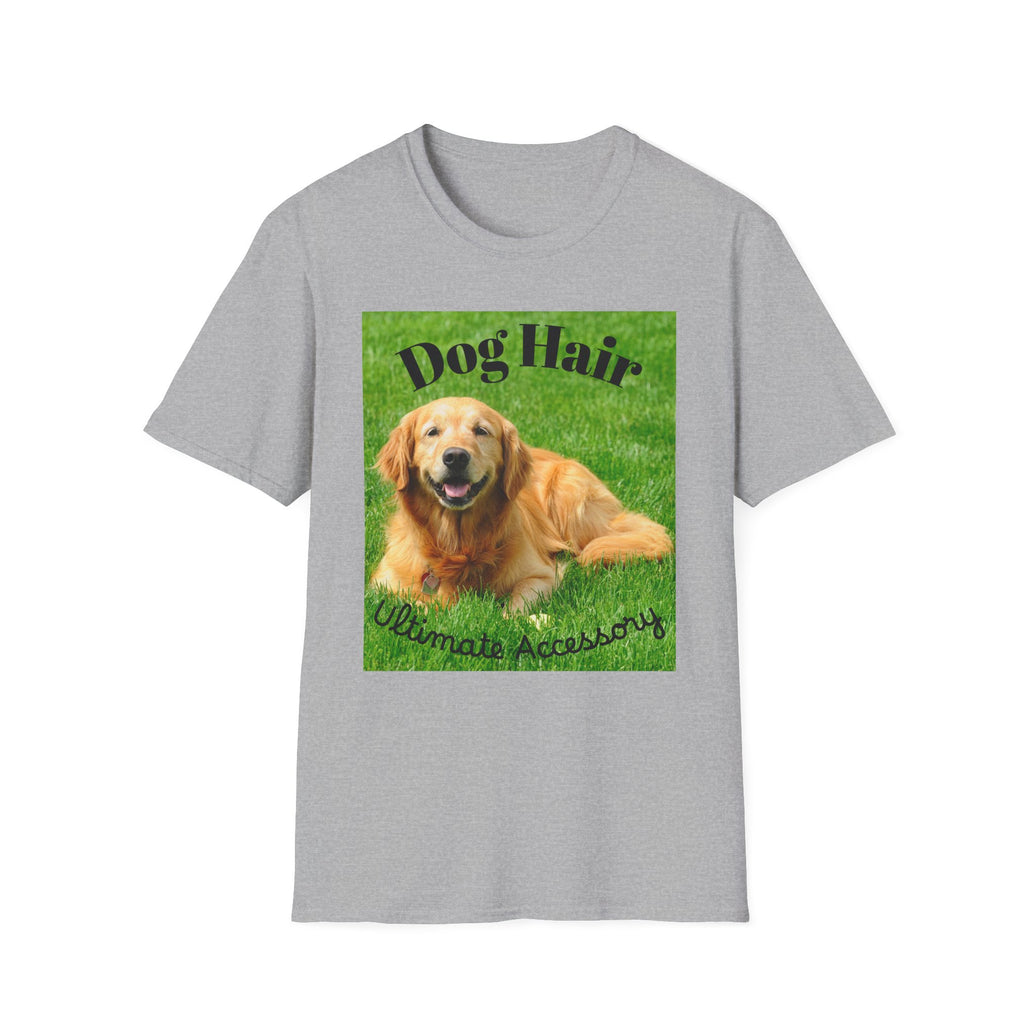
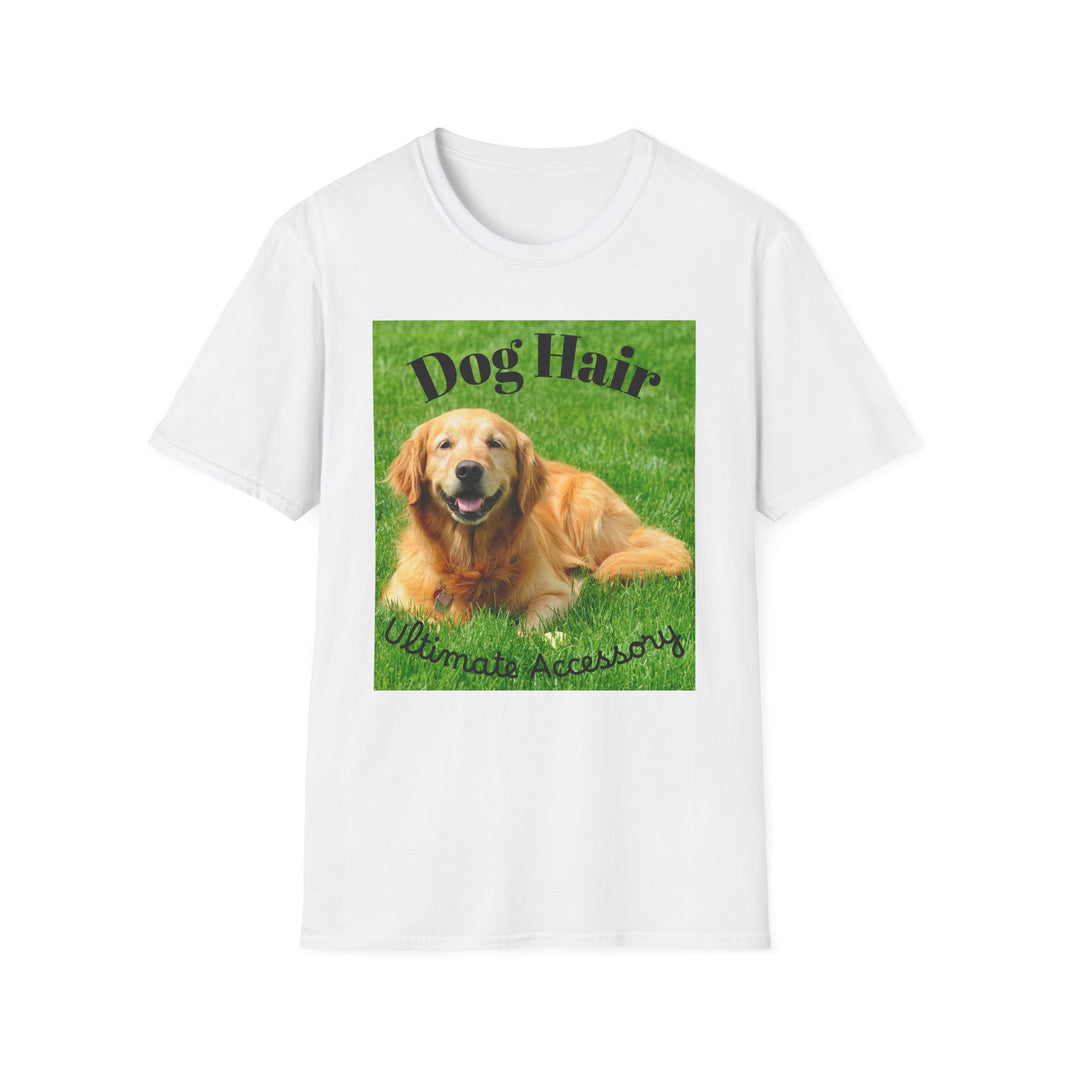
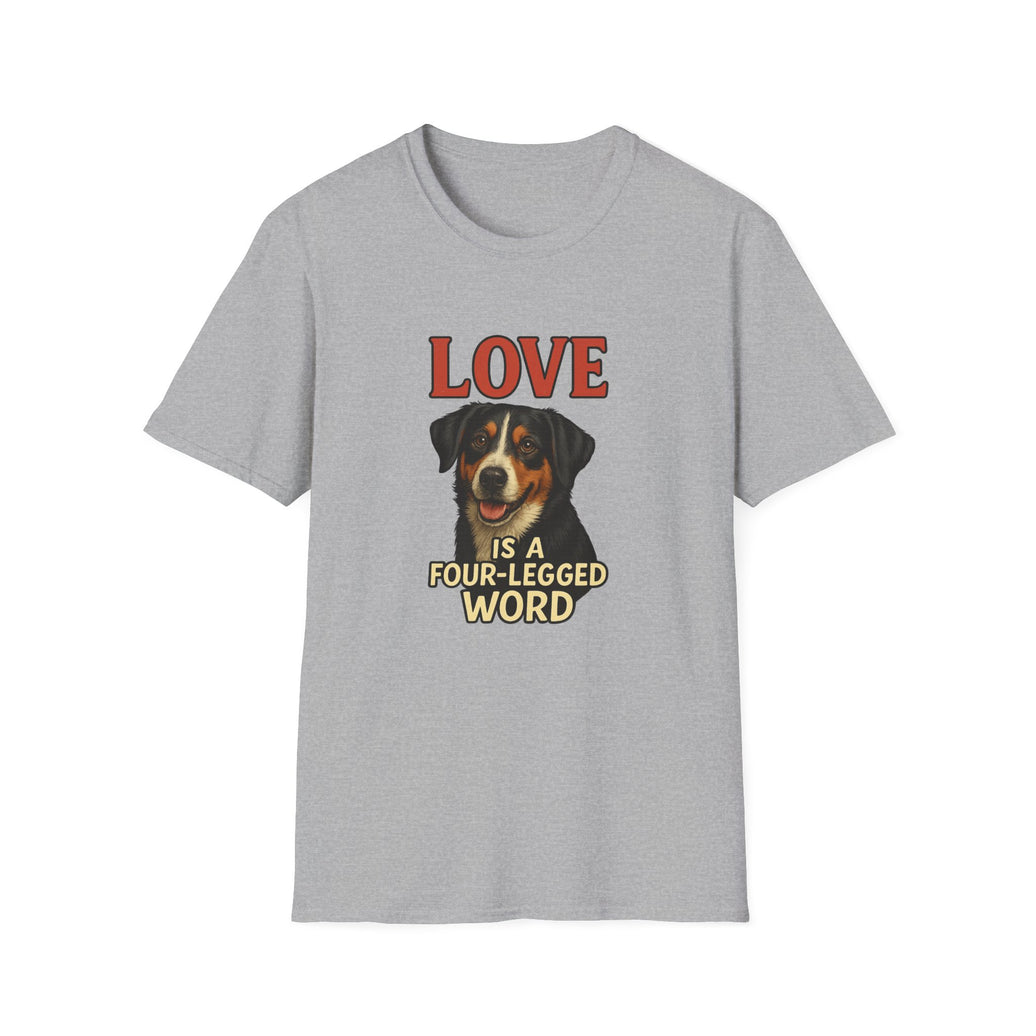
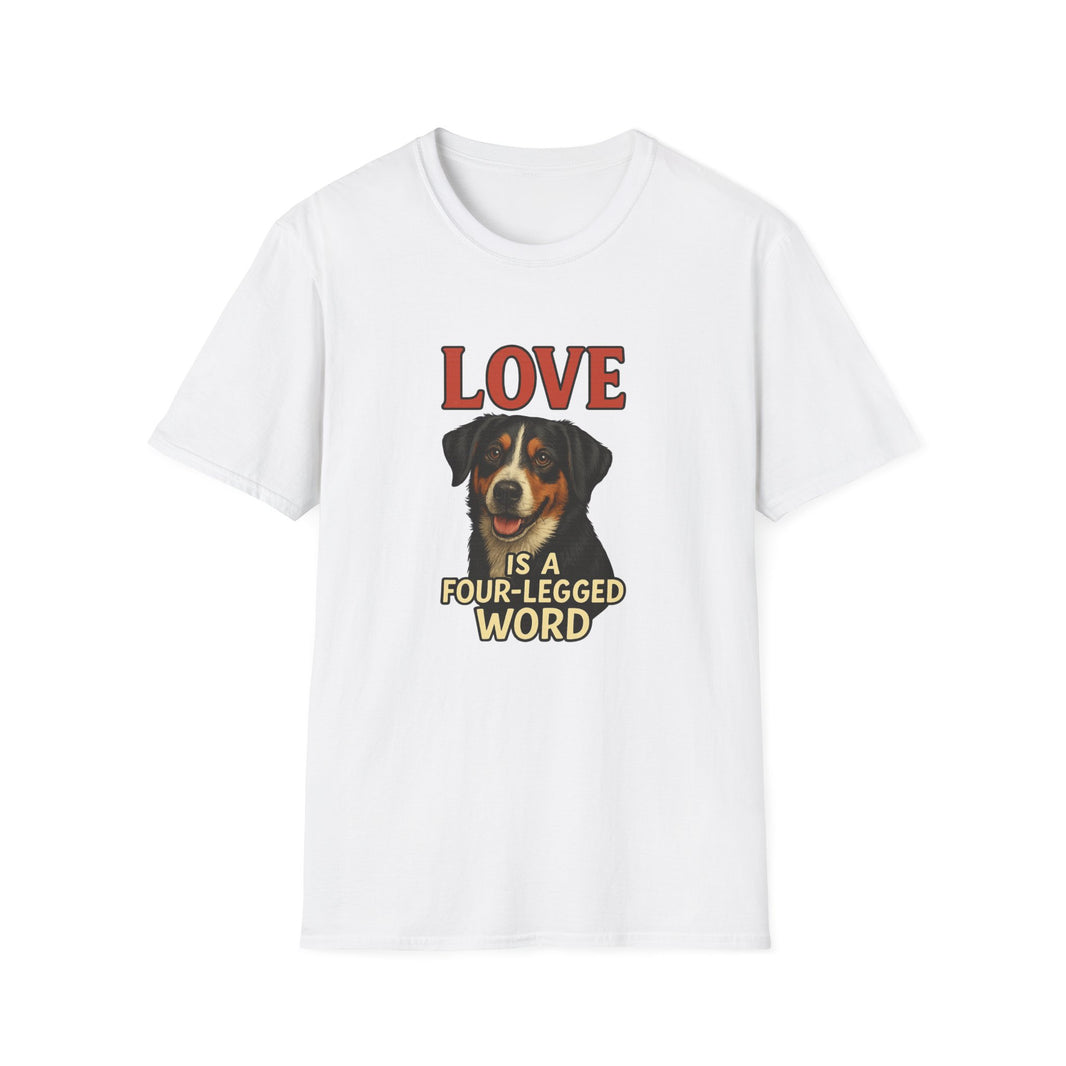

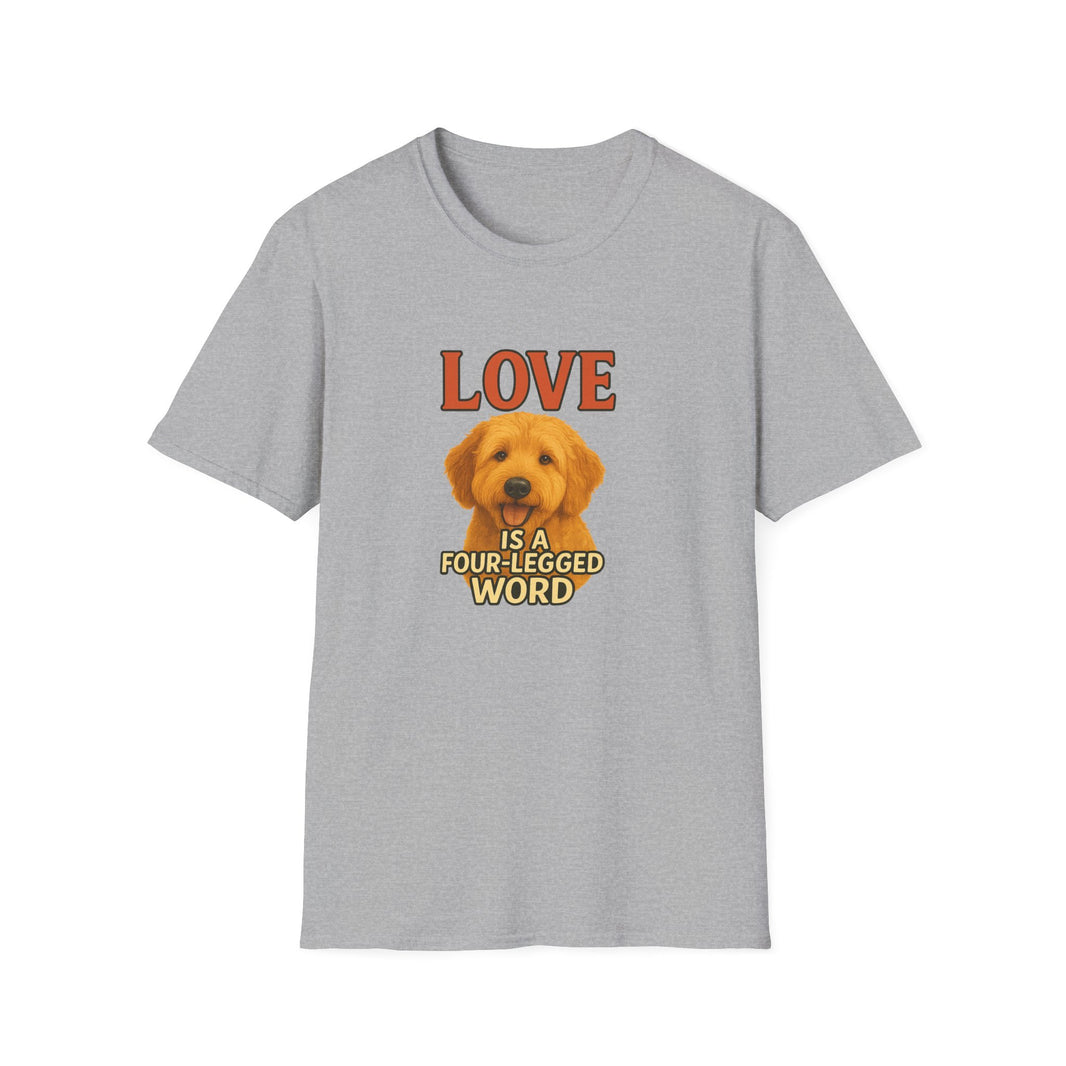






Leave a comment